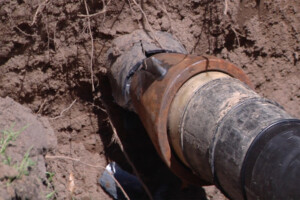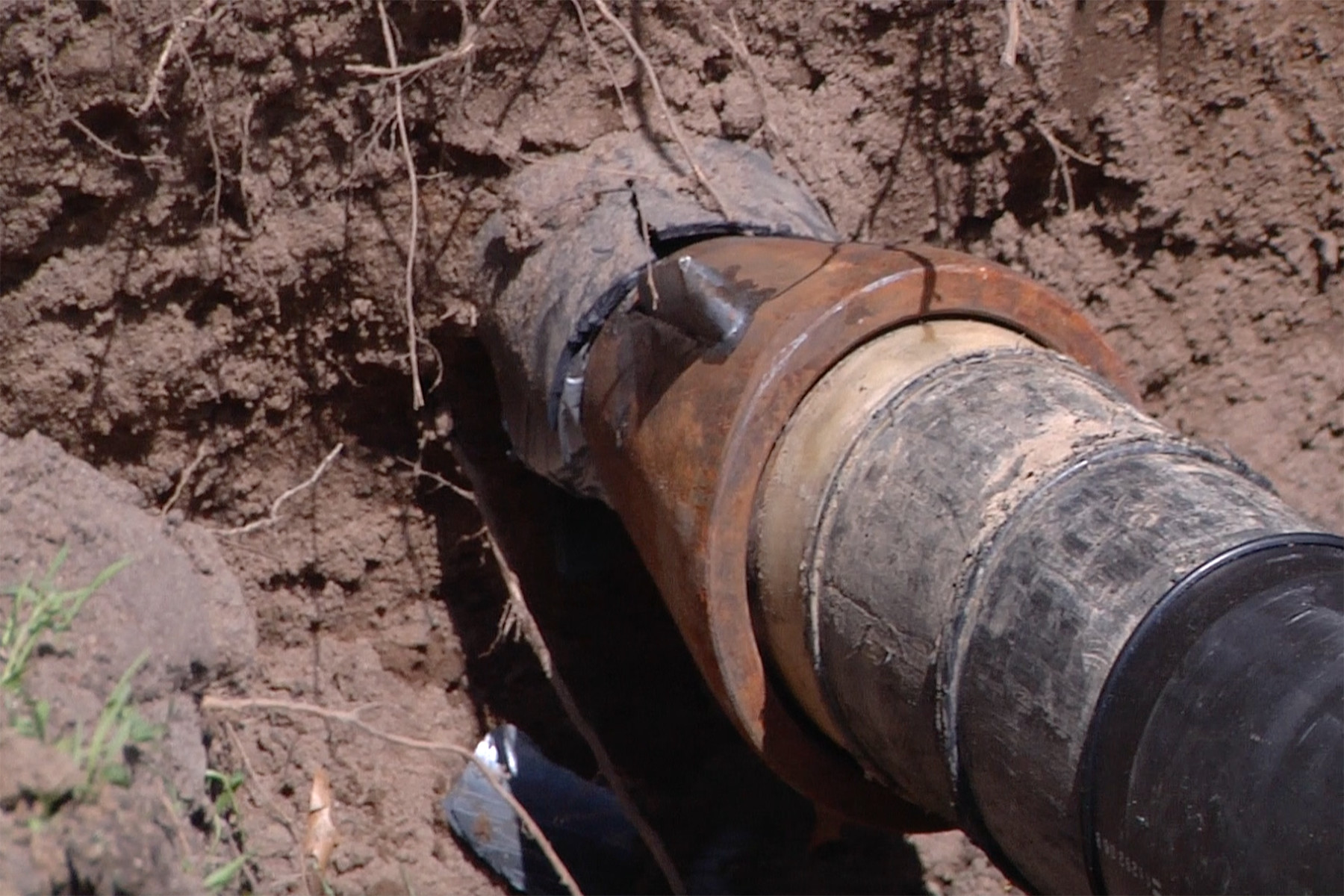 They are not only smelly and ugly, but sewer line blockages are expensive messes. The most common sign of a blocked sewer is foul smell and water leak. Trust me; when there is a sewer problem, you will defiantly know. Sewer line blockages are very serious problems, which may need a plumbing emergency. Remember, the quicker you have a blocked sewer fixed, the better is your chance of preventing it from busting. If the sewer line has busted, then you will have to fix the problem as soon as possible.
They are not only smelly and ugly, but sewer line blockages are expensive messes. The most common sign of a blocked sewer is foul smell and water leak. Trust me; when there is a sewer problem, you will defiantly know. Sewer line blockages are very serious problems, which may need a plumbing emergency. Remember, the quicker you have a blocked sewer fixed, the better is your chance of preventing it from busting. If the sewer line has busted, then you will have to fix the problem as soon as possible.
In fact, sewer line blockage is the most common problem when it comes to plumbing. Sewer blocks are caused by a collection of particles from home like hair, food waste, paper, and others. Although there are cases where the problem is sewer backup is the problem due to drain clog or crack. If you, therefore, notice your toilet, bathroom sink, or the kitchen sink is/are draining slowly, then the chance is you have a blocked sewer line.
Therefore, what steps should you take when you experience a sewer line blockage? Well, below are the steps to follow:
1. Shutting Off All Water – It is wise to shut off all water supply ion your home when you notice a sewer line blockage sign. In fact, you are advised not to use any indoor plumbing until the problem is solved. Also, try to identify where the blocked line (example from either your kitchen or toilet) is located and where it drains down the sewer line.
2. Check The Plumbing Fixture – It is paramount not to force anything down a clogged sewer line. In other words, if, for example, your toilet is backing up, avoid using the toilet until it has been fixed. However, in most cases, the problem does not affect one are or fixture like a toilet alone, but also other drains like kitchen, washing machine, bathroom, and other drains. Therefore, you do not want to pour anything down the sink while you are experiencing blockages.
3. Take Caution – Anytime you are inspecting a blocked sewer line, it is wise to take caution. In other words, safety should be a priority. It is important to note that pouring anything down a clogged sewer line will surely come out through another home. For example, flashing a toilet may cause the bathtub or shower to have a backup. This often happens at the lowest point of the sewer line.
4. Try The Plunger – If you suspect the main problem of your sewer line clog is debris, but not broken or cracked, then you should try a plunger. It may help.
5. Calling A Highly Skilled Plumber – If you try the plunger and still the problem is there, then it is time to seek the services of a professional. A plumber will come with a snake cable and use it to try to unclog the pipes. Others will use the mechanical method, where they force air (air burst drain cleaners) or pressure (sewer jet nozzles) to force debris and clogged waste through.
For more serious kinds of sewer line blockages or if the pipes busted or clacked, you would most definitely need a pipeline repair. Under these conditions, the plumber may be forced to cut through walls so that they can get to the pipeline easily and repair. However, in most cases, a person does not know the location or the place where the line is blocked or damaged. In this case, there are two options that can be used:
• Mechanical and chemical fixes – A chemical or mechanical will be used to flush the whole sewer line. Also, this technique helps to identify signs of leakage along the floor or wall. However, the sad truth is that sometimes this method is not effective at locating the point of clog or leakage. If this method does not work, the plumber will move to the next one, which is sewer line inspection.
• Sewer Line Inspection – There are two types of inspection that can be done, which include; using cameras or Leak detection instruments. The best thing about sewer line inspections is that they are non-intrusive leak detectors. A camera inspection may be used to see what is actually causing the blockage.
The sad truth is that using any inspection equipment may be expensive. Furthermore, the moment a leak is located, the problem has to be fixed. This may involve pulling out tiles, cutting through walls or concrete simply to repair the problem. Nonetheless, there are benefits to inspection, like locating the problem fast and reduce the overall cost of repairs compared to if not using inspection tools.

